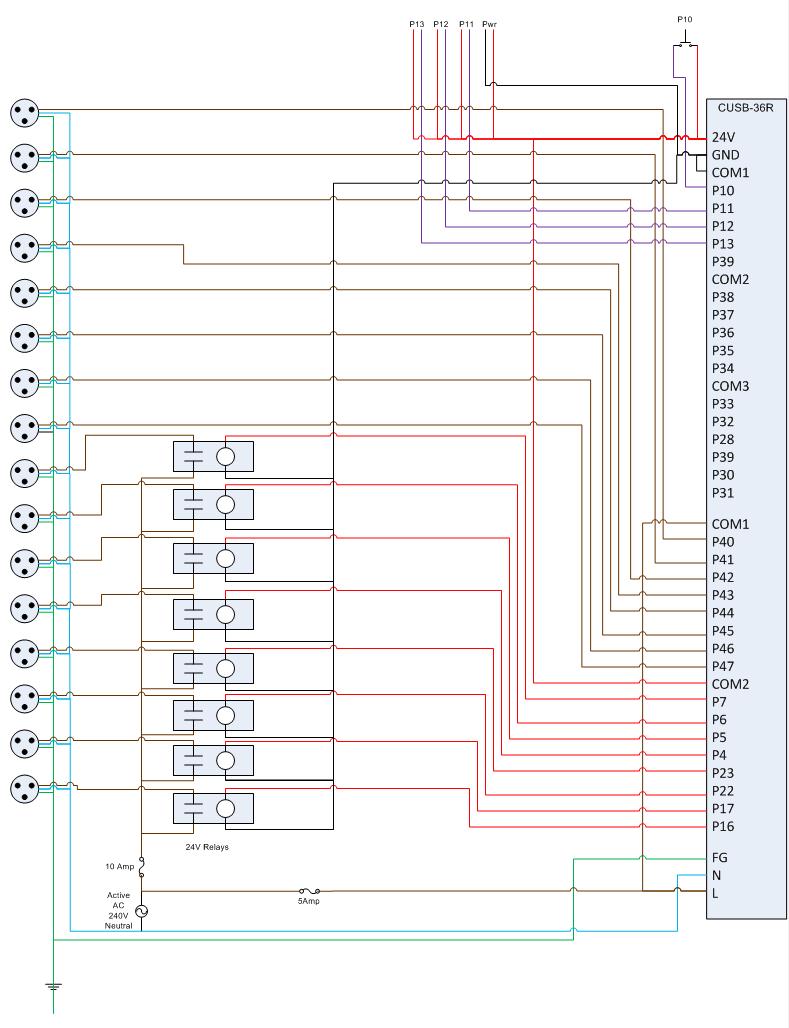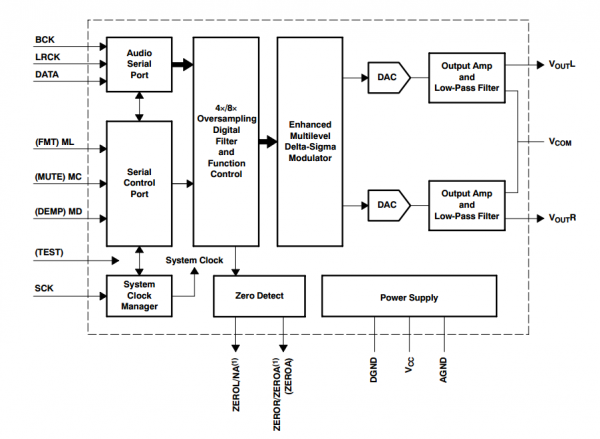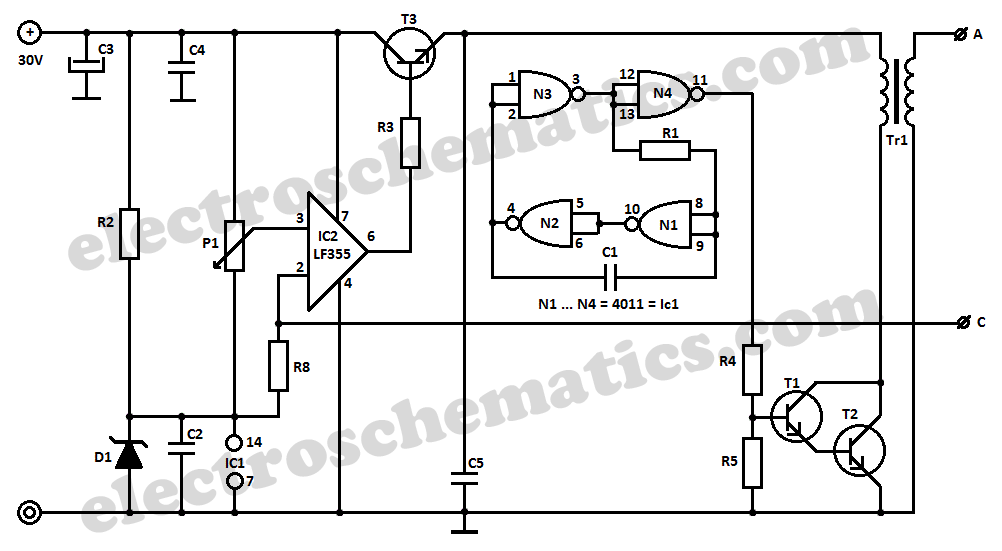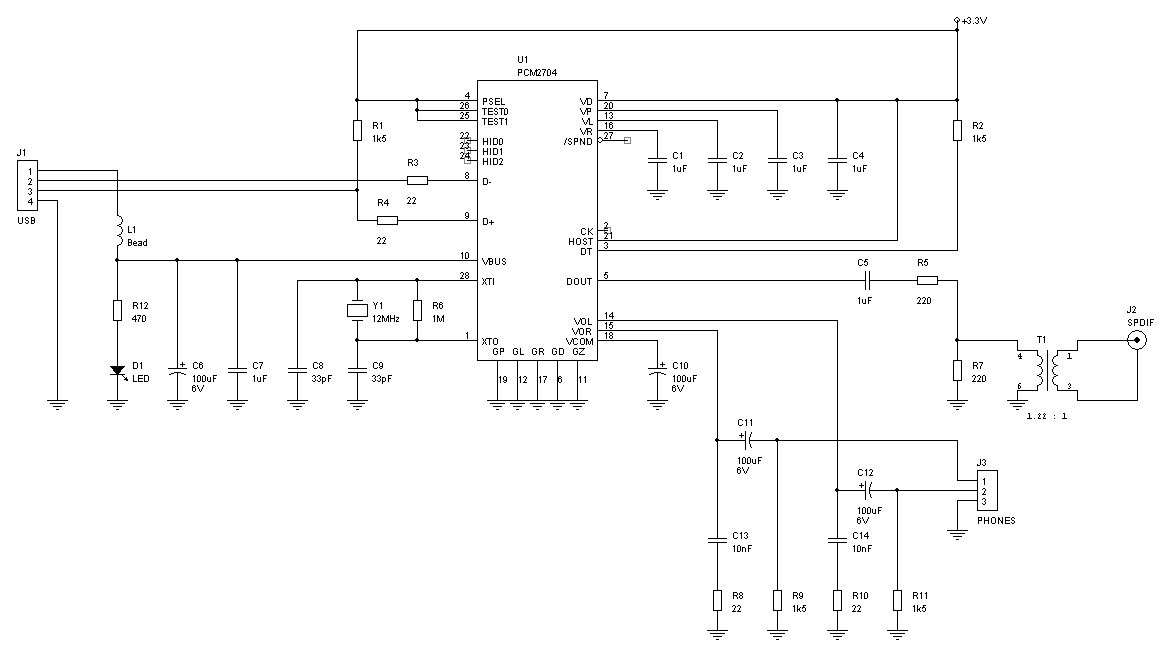
RS232 to USB Converter
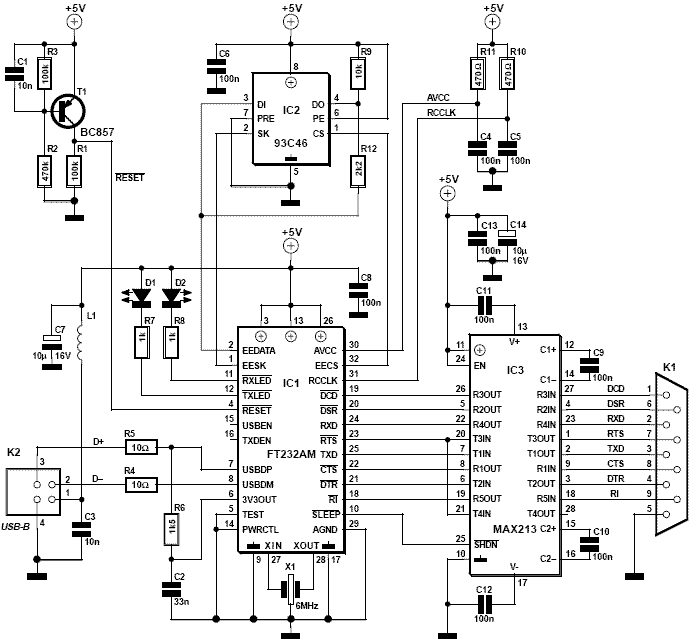
This is a simple RS232 Serial to USB Converter.
The RS232 to USB converter is an essential interface device that allows communication between devices with RS232 serial ports and modern computers that utilize USB ports. This converter is particularly useful in scenarios where older serial devices need to be integrated into contemporary computing environments, enabling data transfer and device control.
The circuit typically comprises several key components: a USB connector, an RS232 connector, and a level-shifting integrated circuit (IC) that facilitates the conversion between the two signal types. The USB connector interfaces with the host computer, while the RS232 connector connects to the serial device. The level-shifting IC, such as the MAX232 or similar, converts the voltage levels of the RS232 signals (which can range from -12V to +12V) to the 0V to +5V levels that USB devices require.
In operation, the RS232 signals are received by the level-shifting IC, which translates them into a format compatible with USB communication protocols. Conversely, signals from the USB side are converted back into RS232 format for transmission to the serial device. This bidirectional communication allows for seamless data transfer and control commands between the two interfaces.
Additionally, the converter may include features such as signal conditioning, which helps in minimizing noise and ensuring reliable data transmission, as well as LED indicators to show the status of the connection and data transfer activity. This device is widely used in various applications, including industrial automation, legacy device interfacing, and data logging systems, making it a versatile tool in the field of electronics.[caption id=attachment_45 align=alignnone width=500 caption=Serial RS232 to USB][/caption] This is simple RS232 Serial to USB Converter that. 🔗 External reference
The RS232 to USB converter is an essential interface device that allows communication between devices with RS232 serial ports and modern computers that utilize USB ports. This converter is particularly useful in scenarios where older serial devices need to be integrated into contemporary computing environments, enabling data transfer and device control.
The circuit typically comprises several key components: a USB connector, an RS232 connector, and a level-shifting integrated circuit (IC) that facilitates the conversion between the two signal types. The USB connector interfaces with the host computer, while the RS232 connector connects to the serial device. The level-shifting IC, such as the MAX232 or similar, converts the voltage levels of the RS232 signals (which can range from -12V to +12V) to the 0V to +5V levels that USB devices require.
In operation, the RS232 signals are received by the level-shifting IC, which translates them into a format compatible with USB communication protocols. Conversely, signals from the USB side are converted back into RS232 format for transmission to the serial device. This bidirectional communication allows for seamless data transfer and control commands between the two interfaces.
Additionally, the converter may include features such as signal conditioning, which helps in minimizing noise and ensuring reliable data transmission, as well as LED indicators to show the status of the connection and data transfer activity. This device is widely used in various applications, including industrial automation, legacy device interfacing, and data logging systems, making it a versatile tool in the field of electronics.[caption id=attachment_45 align=alignnone width=500 caption=Serial RS232 to USB][/caption] This is simple RS232 Serial to USB Converter that. 🔗 External reference
